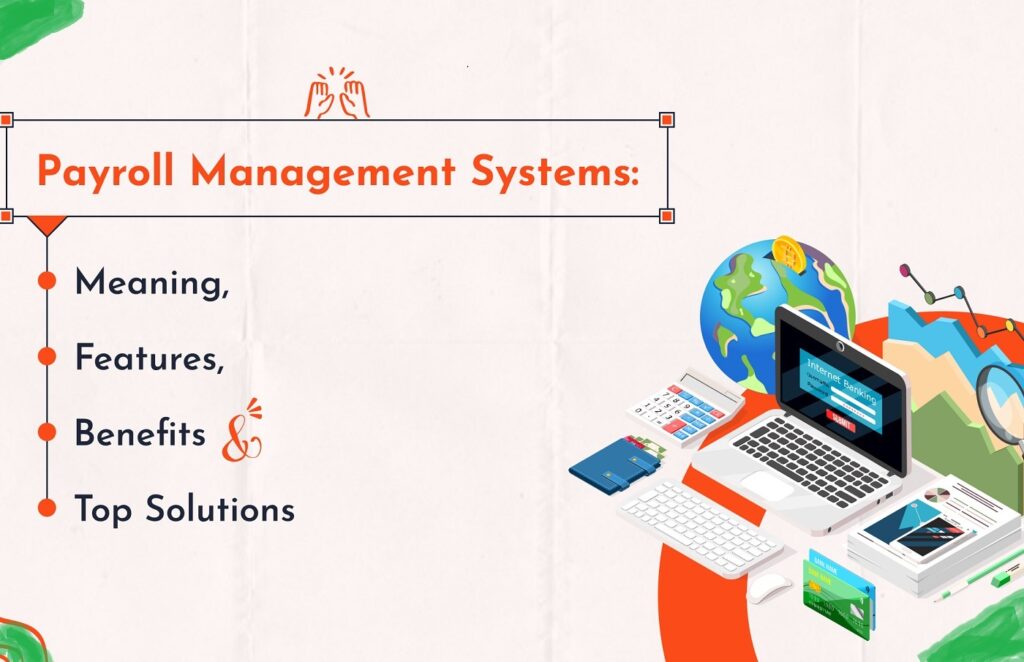This article explores the transformative impact of advanced payroll management systems, particularly paystub generators, on the architectural and design industry. It delves into how these technologies streamline financial processes, thereby empowering architects and designers to focus more on creativity and innovation. The article presents case studies from top firms that have effectively integrated these financial tools.
Introduction
In the realm of architectural design, where the fusion of creativity and precision shapes our physical world, the intricacies of financial management often emerge as an unwelcome diversion. Historically, architects and designers, brimming with creative potential, have found themselves bogged down by the tedious and time-consuming tasks of payroll management. However, the recent integration of advanced payroll systems, especially paystub generators, has marked a significant shift in this landscape.
The introduction of these innovative financial tools is not just a leap towards operational efficiency; it represents a liberation of creative energies. By automating and streamlining payroll processes, these systems have effectively removed a significant administrative burden from architects and designers. This newfound freedom has opened doors to enhanced focus, innovation, and experimentation in architectural design, leading to groundbreaking work in the field.
This article aims to shed light on how the advent of advanced payroll management technologies, particularly paystub generators, is revolutionizing the architectural industry. It will explore the direct correlation between the ease of financial management and the flourishing of creativity and innovation in design. Through case studies from leading architectural firms, we will see how the effective integration of these tools is not just changing the way financial operations are handled but also how it is reshaping the contours of architectural creativity.
The Evolution of Payroll Management in Architecture
Historically, payroll management in the architectural industry was a labyrinth of manual processes. Architects, often doubling as business managers, spent considerable time handling payrolls, calculating taxes, and ensuring compliance with financial regulations. This manual approach was not only time-consuming but also prone to errors, leading to financial discrepancies and operational inefficiencies.
The pre-digital era in architectural payroll was characterized by paper-based systems. Paychecks were handwritten or printed, requiring meticulous attention to detail. Tax calculations and deductions were manually computed, a process fraught with the risk of human error. The inefficiency of this system was a significant drain on the resources and energy of architectural firms, diverting attention from their core objective – designing innovative structures.
The advent of digital technology began to alter this landscape. Initial changes included basic computerized payroll systems, which automated some aspects of payroll processing. However, these early systems were often clunky and not specifically tailored to the unique needs of the architectural industry. They provided some relief but were not the comprehensive solution that the industry required.
The real transformation came with the development of advanced payroll management tools, including paystub generators. These modern systems offered a level of automation, accuracy, and efficiency previously unattainable. Paystubs could be generated instantly with all necessary details, taxes were calculated automatically, and the entire process became more streamlined and error-free. This evolution marked a significant turning point, freeing architects from the chains of cumbersome financial processes and allowing them to refocus on their primary passion: designing.
Impact of Paystub Generators on Architectural Firms
The integration of paystub generators into the payroll systems of architectural firms has had a profound impact. These tools have transformed what was once a laborious and error-prone process into a streamlined, efficient, and accurate operation. The implications of this transformation extend beyond mere administrative convenience, permeating the very essence of architectural creativity and productivity.
Automation and Time Savings: Paystub generators automate the entire process of creating paystubs, from calculating earnings and deductions to generating the final document. This automation significantly reduces the time spent on payroll management. Architects and firm managers, who previously dedicated hours to these tasks, can now allocate this saved time to more creative and strategic pursuits within their projects.
Accuracy and Compliance: One of the critical features of modern paystub generators is their ability to ensure accuracy and compliance with tax laws and other financial regulations. This precision is crucial in an industry where financial missteps can have significant legal and reputational repercussions. By reliably handling these aspects, paystub generators provide peace of mind, allowing architects to focus on their designs without the looming worry of payroll errors.
Resource Allocation and Operational Efficiency: By minimizing the resources needed for payroll management, architectural firms can redirect their focus and investments towards innovation in design and technology. This shift not only enhances the quality of their work but also increases operational efficiency, making the firms more competitive in the market.
Enhanced Focus on Creativity and Innovation: Perhaps the most significant impact of paystub generators is the liberation they provide to architects in terms of mental bandwidth and creative energy. Freed from the constraints of financial management, architects can immerse themselves more deeply in the creative process. This enhanced focus often leads to more innovative and daring architectural designs, pushing the boundaries of the industry.
The advent of paystub generators and advanced payroll management tools has thus been a catalyst for change in the architectural industry. By simplifying and streamlining one of the most arduous aspects of business management, these tools have opened up new horizons for creativity and innovation in architectural design.
Conclusion
Advanced payroll management systems, particularly paystub generators, have emerged as more than mere tools for financial efficiency in the architectural industry. They represent a paradigm shift, liberating architects from the constraints of administrative burdens and paving the way for enhanced creativity and innovation. This technological advancement has proven to be a catalyst, enabling architects to delve deeper into their creative pursuits and contribute more significantly to the world of architectural design.
As we have read, the impact of these systems is profound and multifaceted. They not only streamline operations and ensure compliance but also open up avenues for resource reallocation, operational efficiency, and, most importantly, creative exploration. The future of architectural design, influenced by these technological innovations, looks promising, with the potential for even more groundbreaking and transformative work.
In conclusion, the role of advanced payroll management in revolutionizing architectural design cannot be overstated. As the industry continues to evolve, the integration of these tools will undoubtedly play a pivotal role in shaping the future of architectural creativity and innovation.








Leave a Comment
You must be logged in to post a comment.